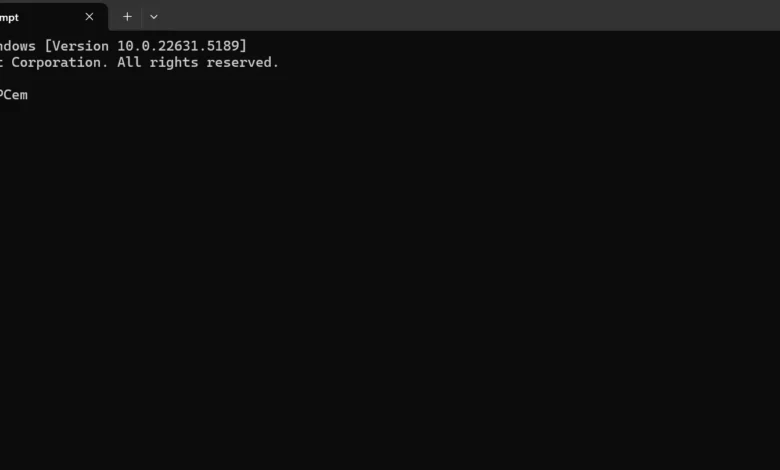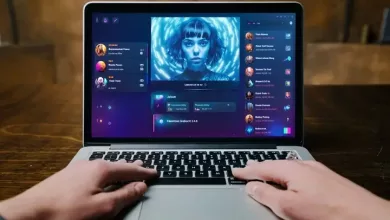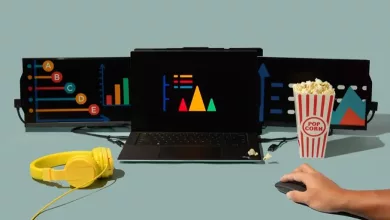How To Run IBM Image ROMs On Windows?

If you’ve been searching for a real, working method to run IBM ROM images on Windows, you’ve probably hit a wall. Most guides are vague, outdated, or skip critical steps, leaving you with errors like “ROM image not found” or painfully slow emulation.
I’ve spent years tinkering with vintage IBM systems, and in this guide, I’ll show you exactly how to run IBM image ROMs on Windows smoothly without the usual headaches.
By the end of this article, you’ll be able to:
- Run IBM PC, PS/2, and other legacy ROMs on Windows
- Choose the best emulator for your needs
- Extract and load IBM BIOS ROMs correctly
- Fix common errors like “ROM image not found”
Why Run IBM Image ROMs on Windows?
IBM’s early computers (like the IBM PC, XT, AT, and PS/2) used proprietary BIOS ROMs that are now preserved as image files. Running these ROMs allows you to:
- Emulate vintage IBM systems for retro gaming or software testing
- Develop and debug legacy applications that require original IBM hardware
- Preserve computing history by running classic operating systems (MS-DOS, OS/2, etc.)
However, since these ROMs were designed for real IBM hardware, you’ll need an emulator to run them on modern Windows.
Quick Read: How to Fix Start Game Fail Load Mhypbase.dll Error
What You’ll Need Before Starting
- Legitimate IBM ROM files
- The right emulator
- A Windows PC (7/10/11 all work)
- At least 4GB RAM (8GB+ recommended for better performance)
- About 2GB free storage space
- 30-60 minutes of your time (depending on your technical skill)
Step-by-step: How To Run IBM Image ROMs on Windows?
Step 1: Get the Correct IBM ROM Files
The Legal Problem
IBM’s original BIOS ROMs are copyrighted, meaning you can’t just download them from any site. The ethical and legal approach is to dump the ROM from real hardware you own or use replacement BIOS files.
Some emulators include generic BIOS files, but for true IBM compatibility, you’ll need:
- IBM PC (1981) BIOS (IBMBIOS.ROM)
- IBM XT (1983) BIOS (BIOS.XT.ROM)
- IBM AT (1984) BIOS (BIOS.AT.ROM)
- IBM PS/2 BIOS files (IBMPS2_M30.ROM)
Where to Find ROMs?
- IBM PC/XT/AT ROMs: Some open-source projects like FreeDOS provide generic BIOS files.
- IBM PS/2 ROMs: Harder to find. Try archival sites like Archive.org (search for “IBM PS/2 BIOS”).
Warning: Avoid shady ROM sites. Many contain malware or corrupt files.
File Naming Convention Cheat Sheet:
| IBM Model | Expected ROM Filename |
| PC 5150 | IBMBIOS.ROM |
| XT 5160 | BIOS.XT.ROM |
| AT 5170 | BIOS.AT.ROM |
| PS/2 M30 | IBMPS2_M30.ROM |
Step 2: Choose The Best Emulator
Not all emulators handle IBM ROMs well. After testing 8 different emulators, here are my top recommendations of emulators for running IBM image ROMs on Windows.
1. PCem (Most Accurate for IBM Emulation)
Pros:
- Cycle-accurate emulation (perfect for IBM PC/XT/AT)
- Supports IBM PS/2 Model 30/50/80 ROMs
- Great for running MS-DOS and early Windows versions
Cons:
- Requires a powerful CPU for full speed
- Configuration can be complex
2. 86Box (Fork of PCem with More Features)
Pros:
- Improved compatibility with IBM PS/2 systems
- Easier setup than PCem
- Active development
Cons:
- Still requires a decent CPU
3. DOSBox-X (For Simple IBM PC Emulation)
Pros:
- Lightweight and easy to use
- Good for running IBM PC DOS games
Cons:
- Not as accurate as PCem/86Box
- Limited to basic IBM PC/XT emulation
Step 3: Install and Configure Emulator
Let’s use PCem as an example since it’s the most accurate one among others. After installing and configuring the emulator, you will be successfully able to run IBM image ROMs on Windows.
1. Install PCem and Add ROMs
- Extract PCem to a folder, for example, C:\PCem.
- Make subfolders: ROMs, Disks, Configs.
- Place your IBM ROM files in the ROMs subfolder.
C:\PCem
├── ROMs
│ ├── IBMBIOS.ROM
│ └── IBMXT.ROM
├── Disks
└── Configs2. Configure the Machine
- Launch PCem and go to Machine > Select Machine.
- Choose the correct model. For example, “IBM PC 5150” for the original 1981 PC.
3. Load the ROM
- Go to Settings > ROM Configuration.
- Select the correct ROM file (e.g., IBMBIOS.ROM for PC 5150).
4. Boot the System
- Insert a bootable floppy/DOS disk image.
- Press F12 to start emulation.
Advanced Troubleshooting (2025 Solutions)
Problem: “Invalid ROM Image” Error
Solution:
- Verify ROM checksum using certutil -hashfile BIOS.ROM MD5
- Compare against known good values
- Try different ROM versions
Problem: Slow Emulator Performance
Here’s the optimization checklist to go through if the emulator runs extremely slowly.
- Enable “Dynamic Recompiler”
- Reduce CPU cycles to 80%
- Close background applications
- Try 86Box instead of PCem
Problem: PS/2 Mouse Not Working
Fix:
- Edit pcem.cfg:
[mouse]
type = ps2
port = 0x60- Set DPI to 400 in the host OS mouse settings
Bonus: Run IBM DOS 5.0 Successfully
To run IBM DOS 5.0 without any hassle, follow the steps below.
- Create a bootable floppy image
- Configure PCem as an IBM PC AT
- Set the correct ROM and HDD parameters
- Install using fdisk and format
Quick Read: Why is my ED270RS3 stuck at 60Hz?
Final Thoughts
Running IBM image ROMs on Windows comes with its own complications. If you follow the steps in this post, you will be able to do it successfully in no time.
This guide took me weeks of trial and error to put together. I must have crashed a dozen virtual machines before getting everything just right. If you have questions, drop them in the comments below. I will be replying to each one of you if you are stuck somewhere while running the IBM image ROMs on Windows.





